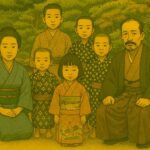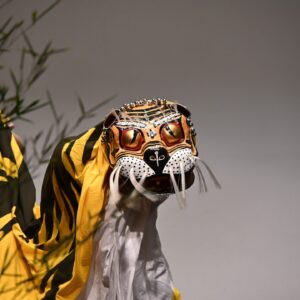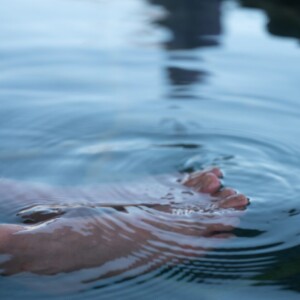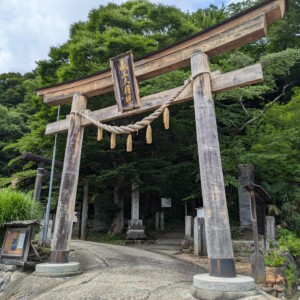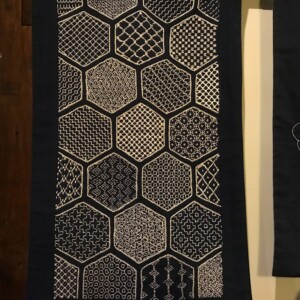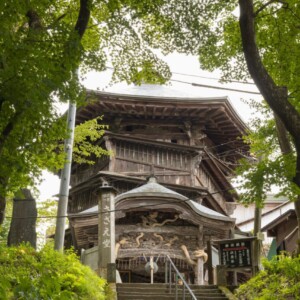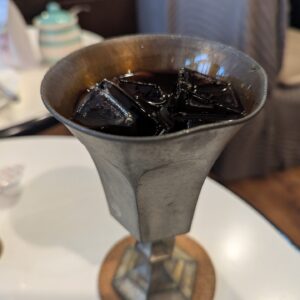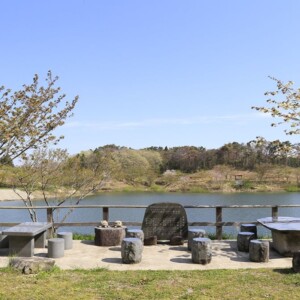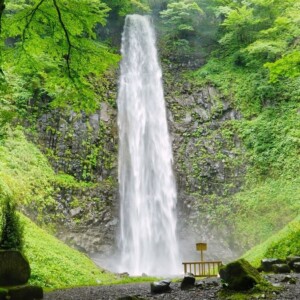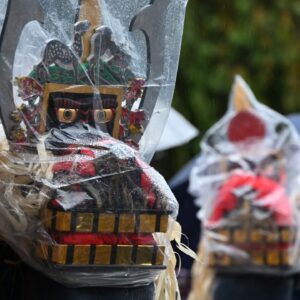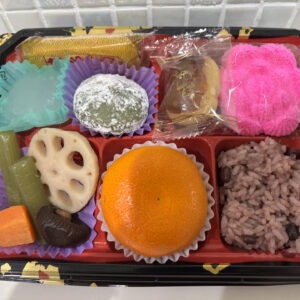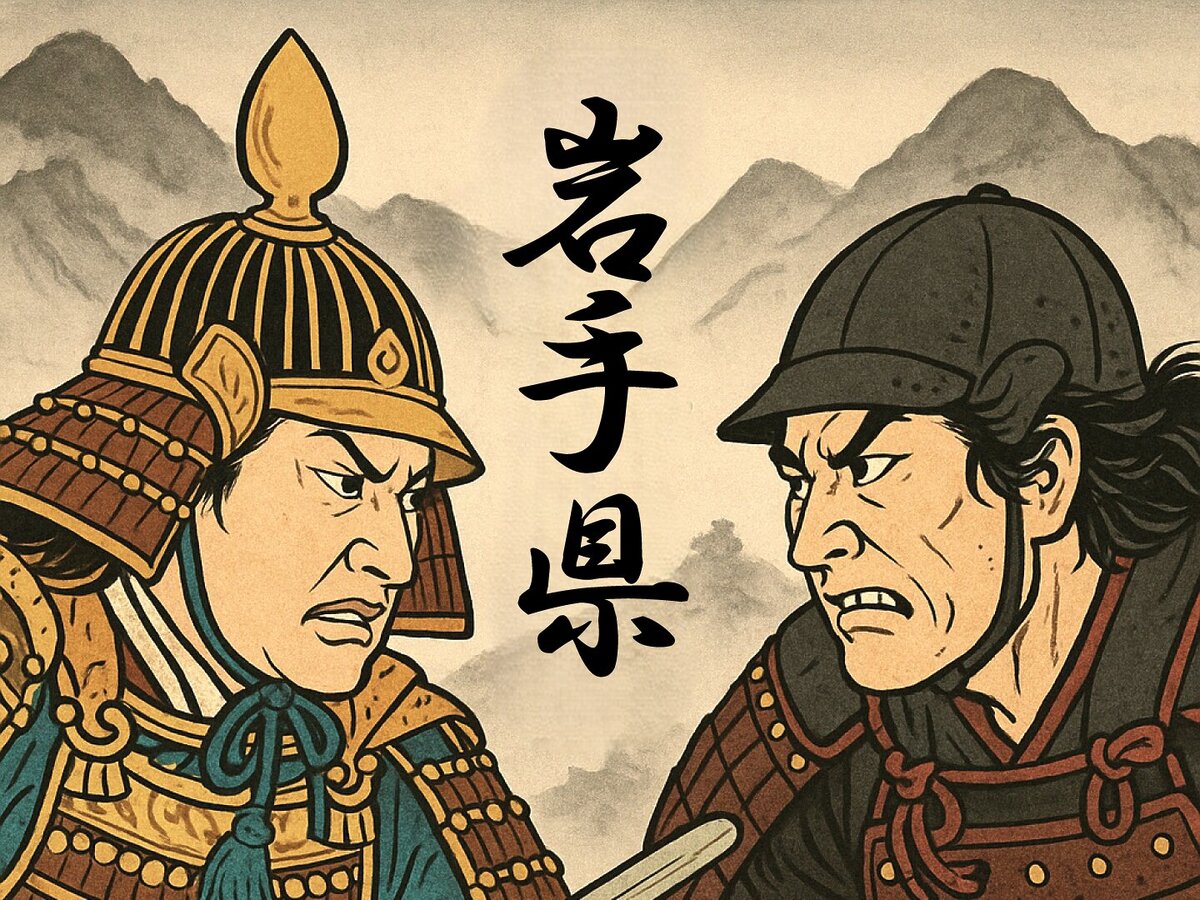
Three Sengoku warlords from Iwate Prefecture! Nanbu Harumasa, Nanbu Nobunao, Kunohe Masami
table of contents
- 1 Nanbu Harumasa (1517-1582), who expanded his territory the most
- 2 Nanbu Nobunao (1546-1599), who built the foundation of the Morioka domain and Morioka Castle
- 3 Masazane Kunohe (1536-1591), who rebelled against Hideyoshi
- 4 Summary (what happened to the Nanbu clan afterwards)
- 5 Famous warlords from other Tohoku prefectures
"Do you know any Sengoku warlords with ties to Iwate Prefecture?"
most people will answer, "I don't know."
However, even though Iwate does not have any famous warlords nationwide, there are some who deserve more recognition.
Here we will introduce some of Iwate's less obvious but more interesting warlords from the Sengoku period.
Nanbu Harumasa (1517-1582), who expanded his territory the most
The Nanbu clan, a Sengoku daimyo of Iwate, descended from the Kai Genji clan and entered Mutsu Province from what is now Nanbu Town, Yamanashi Prefecture during the Kamakura period
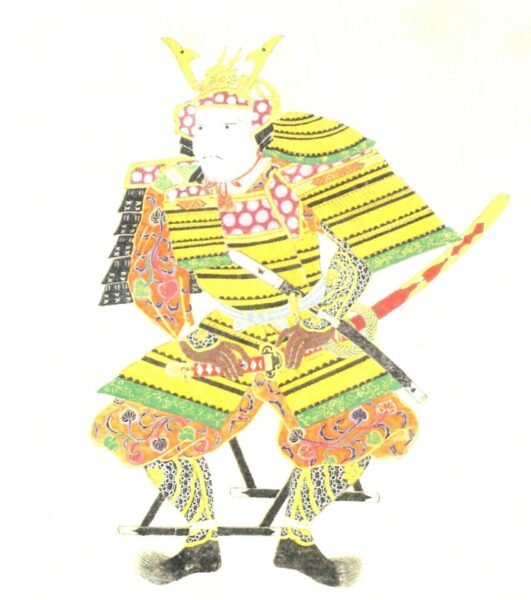
The man who expanded the territory the most was Harumasa, the 24th head of the Nanbu clan. He combined most of Aomori Prefecture and the northern half of Iwate Prefecture, and it was said that "Nambu territory is until the crescent moon is full." The larger the territory, the longer it would take to pass through it, as the crescent moon would be full when you entered it
Harumasa's castle was Sannohe Castle (Sannohe Town, Aomori Prefecture), but his territory also included most of Aomori Prefecture, the Kakunodate region of Akita Prefecture, and northern Iwate Prefecture, so he could be considered a military commander in Iwate
Although Harumasa was a military commander who excelled in battle, he is said to have had little political power, as he caused conflict within the Nanbu clan over the issue of succession
However, he was a man of great magnanimity and was well-liked
The succession battle became a quagmire
Harumasa, who had no biological children, married his daughter to his cousin Ishikawa Nobunao, the son of his uncle Ishikawa Takanobu of Hirosaki, and made him his adopted successor. However, after the birth of his own son, Harutsugu, he began to distance himself from Nobunao
When Harumasa's daughter, whom he had married to Nobunao, died young, moves to disinherit him became obvious, and Nobunao moved from one vassal's house to another to escape assassins. The family split into factions of Harutsugu and Nobunao, and they came into conflict with each other
Taking advantage of this opportunity, Oura (Tsugaru) Narinobu attacked Hirosaki, resulting in the loss of Ishikawa Takanobu and the Tsugaru region
Sannohe Castle Ruins <Information>
- Name: Sannohe Castle Ruins
- Address: 34-2 Umenaijonoshita, Sannohe-machi, Sannohe-gun, Aomori Prefecture, 039-0112
- URL: Sannohe Town website
Google Map
Nanbu Nobunao (1546-1599), who built the foundation of the Morioka domain and Morioka Castle
He was the first head of the Morioka Nanbu family and the 26th head of the Nanbu clan, known as the "founder of the Nanbu family revival."
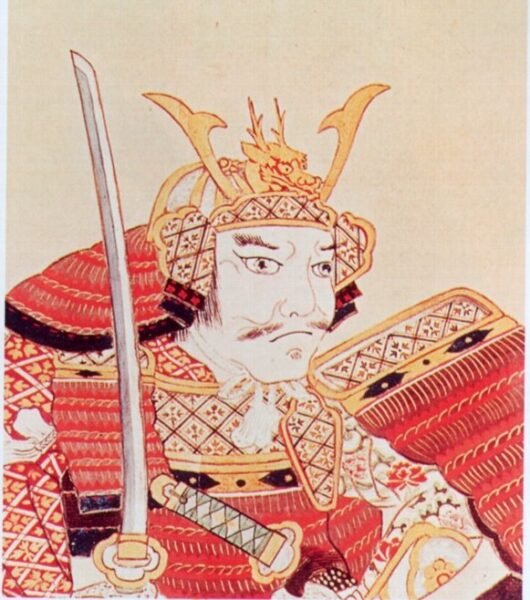
He built a good relationship with Hideyoshi and Ieyasu, and the Morioka domain, known as a large domain, was nurtured by Nobunao.Although he did not have a spectacular military record, he was a highly regarded military commander who survived a turbulent era
Inheritance of the family headship, participation in the Tsugaru Expedition and the Odawara Campaign
After Harumasa's death, Harutsugu, who became the 25th head of the Nanbu clan, died young (there is a theory that he was poisoned), and the vassals were divided into Nobunao's faction and the Nanbu clan's Kunohe Sanechika faction, and they fought each other.However, a grand council was reached and Nobunao became the 26th head of the Nanbu clan
However, during this time, they were unable to take any action against Oura Narinobu, who was rampaging in the Tsugaru region, and a large portion of Tsugaru's territory was cut off
In 1590, he finally invaded Tsugaru but struggled, and in the midst of this he responded to Hideyoshi's request to join the campaign in Odawara, leading 1,000 soldiers to Odawara
Nobunao, who had been granted his territory by Hideyoshi, sued Oura Narinobu, but by this time Narinobu had already been granted his territory in Tsugaru by Hideyoshi, and the lawsuit was dismissed
Relocation of castles: Sannohe Castle, Kunohe Castle, and Morioka Castle
In 1591, Kunohe Masazane, who first supported Harutsugu for the succession of the family headship, and then supported his younger brother, Masataka, started a rebellion, and Nobunao, who had difficulty suppressing the rebellion, asked Hideyoshi for reinforcements
Hideyoshi took this opportunity to suppress all the uprisings throughout Oshu, sending a large army of 100,000 men. He annihilated the Kunohe clan and gave Kunohe Castle to Nobunao, who renamed it Fukuoka Castle and made it his residence
After that, Nobunao, who continued to speak out against the misdeeds of Tsugaru Narinobu, was granted two additional counties in central Iwate Prefecture, Waga and Hienuki, in place of Tsugaru, and became a daimyo with a fief of 100,000 koku
As the Nanbu domain expanded southward, Nobunao began building Morioka Castle (Morioka City, Iwate Prefecture) in Kuzukata to the south, but one theory is that this was to warn against Date Masamune, whose territory was now bordering his own
The Korean War and the End of Nobunao
In 1592, Nobunao led 1,000 soldiers to attack Nagoya Castle in Hizen, but returned home without crossing the sea
After Hideyoshi's death in 1598, he served Ieyasu and died of illness at Fukuoka Castle in 1599, before Morioka Castle was completed
Morioka Castle Ruins <Information>
- Name: Morioka Castle Ruins
- Address: 1-37 Uchimaru, Morioka City, Iwate Prefecture, 020-0023
- URL: Morioka City website
Google Map
Masazane Kunohe (1536-1591), who rebelled against Hideyoshi
Finally, let me introduce another powerful military commander from northern Iwate Prefecture
The Kunohe clan was a branch of the Nanbu clan whose territory included the village of Kunohe in northern Iwate Prefecture. The Kunohe forces were strong in battle and wielded great power as the elite of the Nanbu forces
He was in conflict with Nobunao over the succession of the Nanbu clan, but in March 1591 he raised an army of 5,000 men and barricaded himself in Kunohe Castle (Ninohe City, Iwate Prefecture) where he fought bravely against Hideyoshi's army of 100,000 men
However, outnumbered, he finally surrendered in response to the call to surrender and was executed
Kunohe Castle Ruins <Information>
- Name: Historic Site of Kunohe Castle
- Address: Fukuokajonouchi, Ninohe City, Iwate Prefecture, 028-6101
- URL: Ninohe City website
Google Map
Summary (what happened to the Nanbu clan afterwards)
After the Meiji Restoration, the Nanbu family was considered a peerage and became a count family.
Morioka Castle was dismantled in 1874, and in 1908, an equestrian statue of Riyoshi Nambu, the 42nd head of the Nambu clan, who died in the Russo-Japanese War, was erected at the site of the main enclosure, the bronze lieutenant statue of Nambu. .
However, in 1944 it was donated as a wartime metal donation, and now only the base remains
By the way, the Nanbu family lineage continues to this day, and as of April 2022, the current head of the family is the 46th generation



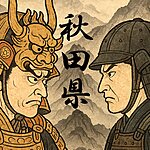
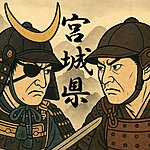

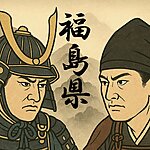
![What is the Soma Daisaku incident? Attempted attack on the Tsugaru Domain lord of a Nanbu Domain samurai, who is considered to be Michinoku Chushingura [Iwate Prefecture] Kanonji 1](https://jp.neft.asia/wp-content/uploads/2024/05/6f1dd89f33253a983252f6f650c95b20-150x150.jpg)
!["Place names with 'to' in them" from 1 to 9 [Mito Edition] Mito, the birthplace of the Nanbu clan, is a city of famous places, historical sites and cats Mito Catch](https://jp.neft.asia/wp-content/uploads/2024/07/68def385b00c53bbd560d023270a45ba-150x150.jpg)
![Place names containing "to" from 1 to 9 [Ichinohe and Ninohe edition] Ichinohe is the first town with Jomon ruins, but why is the ruins of Kunohe Castle located in Ninohe? IMG_5569](https://jp.neft.asia/wp-content/uploads/2024/07/IMG_5569-150x150.jpg)
![The pride of the six Tohoku prefectures: "Magnificent stone walls worthy of being a symbol of the vast Nanbu domain!" Morioka Castle, a rare stone wall castle in Tohoku [Morioka City, Iwate Prefecture] Morioka Catch](https://jp.neft.asia/wp-content/uploads/2025/08/c7a073d8f6b974d7b0a83e2318017b73-1-150x150.jpg)
!["Place names with doors" from 1 to 9 [Hachinohe and Kunohe edition] Mystery with different patterns only for the eight and nine positions Hachinohe Catch](https://jp.neft.asia/wp-content/uploads/2024/07/8737ae4878723e4fc7d713b6aed41d96-150x150.jpg)
